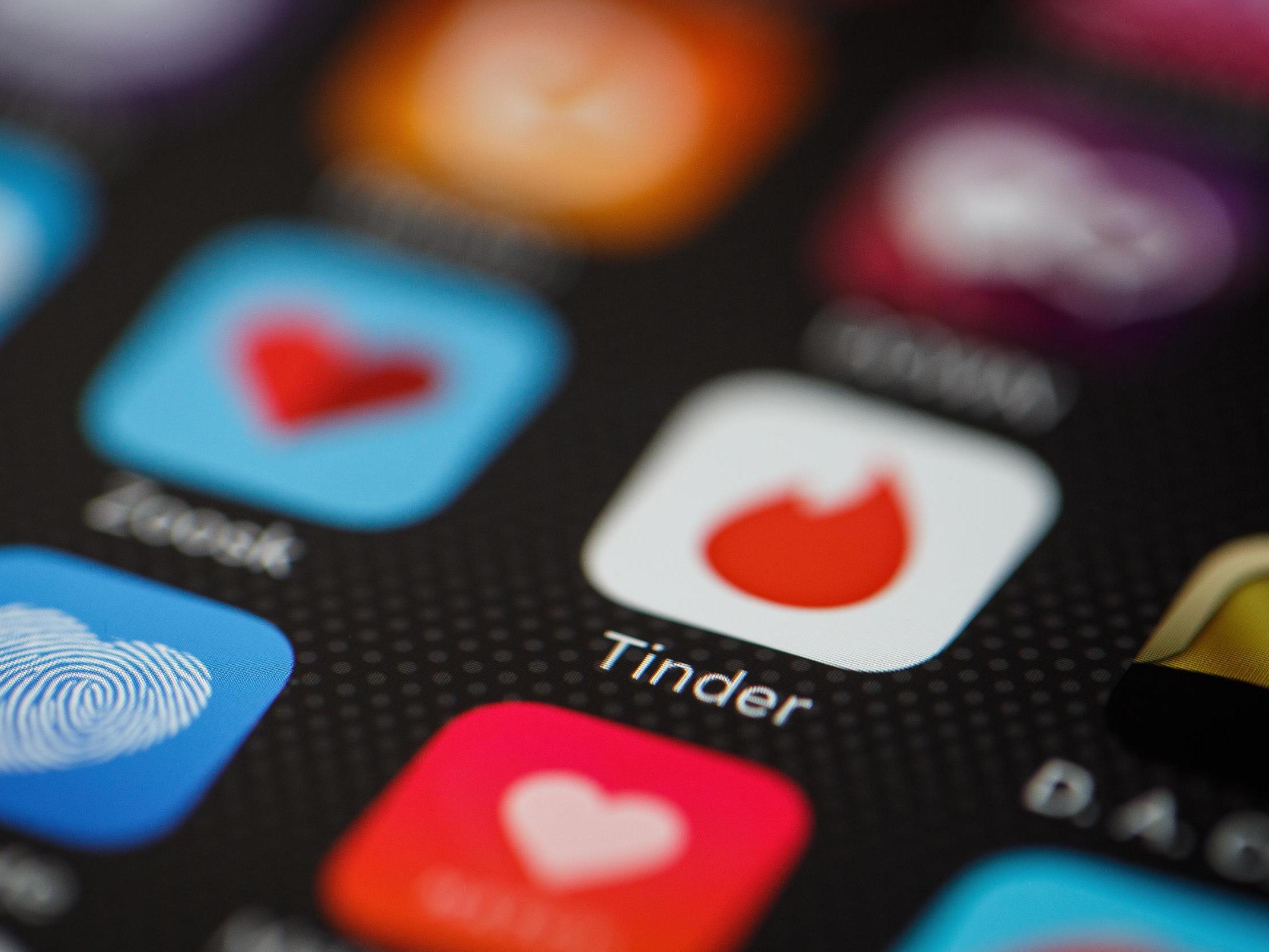Tinder now allows users to choose up to three sexual orientations
Almost half of LGBT+ adults say dating apps have made it easier for them to explore their identities
Your support helps us to tell the story
From reproductive rights to climate change to Big Tech, The Independent is on the ground when the story is developing. Whether it's investigating the financials of Elon Musk's pro-Trump PAC or producing our latest documentary, 'The A Word', which shines a light on the American women fighting for reproductive rights, we know how important it is to parse out the facts from the messaging.
At such a critical moment in US history, we need reporters on the ground. Your donation allows us to keep sending journalists to speak to both sides of the story.
The Independent is trusted by Americans across the entire political spectrum. And unlike many other quality news outlets, we choose not to lock Americans out of our reporting and analysis with paywalls. We believe quality journalism should be available to everyone, paid for by those who can afford it.
Your support makes all the difference.Tinder has announced that users will now be able to choose up to three sexual orientations to their profiles.
The “Orientation” feature will enable those who use the app to choose labels they best identify with in order to prioritise potential matches based on their sexual preferences.
The app offers nine sexual orientations for users to choose from including include "demisexual", "queer", and "asexual". Previously, users were limited to selecting a preference of "men," "women," or "both".
The news comes amid new research from Tinder and non-governmental organisation GLAAD which found that the majority (80 per cent) of LGBT+ adults believe online dating has benefited their community in a positive way.
Elie Seidman, CEO of Tinder, says of the new feature: “We want all of our users to feel empowered expressing who they are while connecting with new people – and we’re always working to make that easier for our users on Tinder.
“Dating apps are invaluable platforms for connecting the LGBT+ community, and we’re beyond proud to continue our efforts, in partnership with GLAAD, to improve the community’s experience on Tinder.”
The study involved asking 1,000 participants aged 18-45 questions that explored their attitudes around their LGBT+ identity in relation to dating from 19 March - 18 April.
Of those who said online dating had made a positive contribution to the LGBT+ community, almost half (47 per cent) say that online dating has made it easier for them to be themselves and explore their own identities (44 per cent).
Meanwhile, over half 55 per cent said that nationality and ethnicity is not an important factor when it comes to choosing a potential dating partner, compared to 15 per cent who say it is.
To add more sexual orientations to a profile, users need to click on “Edit Info” on the app.
After tapping “Orientation,” users will be able to select up to three terms that they feel best describe their sexual orientation. They will also be able to select whether to display their sexual orientation on their profile.
The new feature will roll out to iOS and Android users this month in several counties including the US, UK, Canada, Ireland, and Australia.

Tinder’s decision to widen its orientation definitions follows the app’s recent efforts to be more influence of its growing, diverse user base.
Earlier this year, Tinder and the Unicode Consortium – a non-profit organisation that develops emojis – added 71 new variations of the interracial couple emoji.
The move came a year after the dating app launched a petition to introduce interracial couple emoticons as part of its #representlove campaign which garnered more than 50,000 signatures.
According to a survey conducted by Tinder at the time, 52 per cent of the 4,244 adults aged 25-45 surveyed felt that interracial couples weren’t well-represented in the tech language of emojis, GIFS, and memes.
Following the launch, Jenny Campbell, CMO of Tinder, said: “Tinder advocates for the freedom of people to live how they want to live and love who they want to love.
“The success of our interracial couple emoji campaign shows how powerful the voices are of the more than 50,000 people who joined our cause by signing our petition; together, we effected change and ensured visual representation for interracial couples around the world.”
In 2016, Tinder launches its “More Genders” update which has led to more than 80 million new matches among users

Join our commenting forum
Join thought-provoking conversations, follow other Independent readers and see their replies
Comments